Alaska’s Tongass National Forest Gets the Protections It Deserves
After a decades-long fight, the newly reinstated Roadless Rule will safeguard these wildlands from road construction and logging.
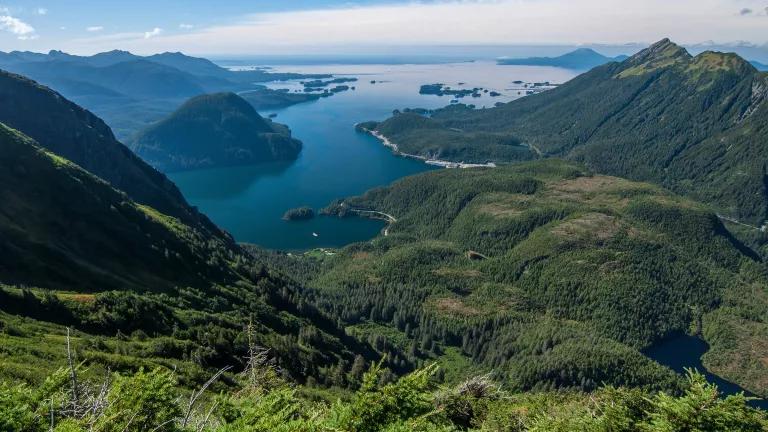
Kootznoowoo Wilderness in Tongass National Forest, Alaska
iStock
For NRDC attorney Garett Rose, it’s the way the Tongass National Forest shapes his sense of time that feels most powerful.
Just looking around—at the towering, 800-year-old spruce trees; at the icy fjords carved by retreating glaciers; at the spawning salmon, making runs down the same Alaskan rivers they’ve traveled for thousands of years—it’s “like standing at the edge of Grand Canyon, thinking about how long it’s taken those rivers to carve that desert landscape,” Rose says. “It puts you and life in perspective.”
Now, after a decades-long fight to protect the forest from the threat of extractive industry, Tongass defenders like Rose are celebrating a landmark win for this sprawling Alaskan rainforest: In January, the Biden administration reinstated a ban on logging and most forms of roadbuilding across more than nine million acres of the Tongass, reversing a Trump-era decision to exempt the region from national Roadless Rule protections.
The decision is monumental for our climate and biodiversity. And it was made possible by the Indigenous communities in southeastern Alaska, who fought alongside environmental organizations like NRDC, as well as local business owners and commercial fishing operators, on behalf of their ancestral lands. The restoration “is a great first step in honoring the voices of the many tribal governments and tribal citizens who spoke out in favor of Roadless Rule protections for the Tongass,” Naawéiyaa Tagaban, environmental justice strategy lead for Native Movement, said in a statement. But the path to these lasting protections was a long and winding one.
Why protections for U.S. forests were necessary
In the early 1990s, NRDC advocates began making the case to put large portions of U.S. Forest Service lands off-limits to logging and other destructive industries. By that time, more than half of the agency’s lands had been sliced up by roads and compromised by development, leaving little room for actual wilderness. Roads, NRDC experts knew, quite literally cleared the way for extractive activities like logging and drilling, and themselves caused erosion, pollution, and disruption to wildlife. Stop the roadbuilding, and you could stem the damage.
At the center of NRDC’s effort to ban roadbuilding sat the Tongass National Forest—and for good reason.
The Tongass stretches across nearly 17 million acres of southeastern Alaska. It remains the heart of the world’s largest intact temperate rainforest and stores more carbon per acre than almost any other forest on the planet. Its centuries-old trees, alpine meadows, and streams provide habitat for more than 400 different species, including Alexander Archipelago wolves (found only in southeastern Alaska), brown and black bears, bald eagles, and all five species of Pacific salmon. “A Roadless Rule that excluded the Tongass was not a nearly big enough win for the environment,” says director of NRDC’s Alaska Program and attorney Niel Lawrence, who’s led the organization’s Tongass advocacy since the start.
Nor was the exclusion good for its people. For millennia, these rich natural resources have also supported the Native Haida, Tlingit, and Tsimshian people, who rely on their ancestral homelands for food, medicine, and traditional customs.
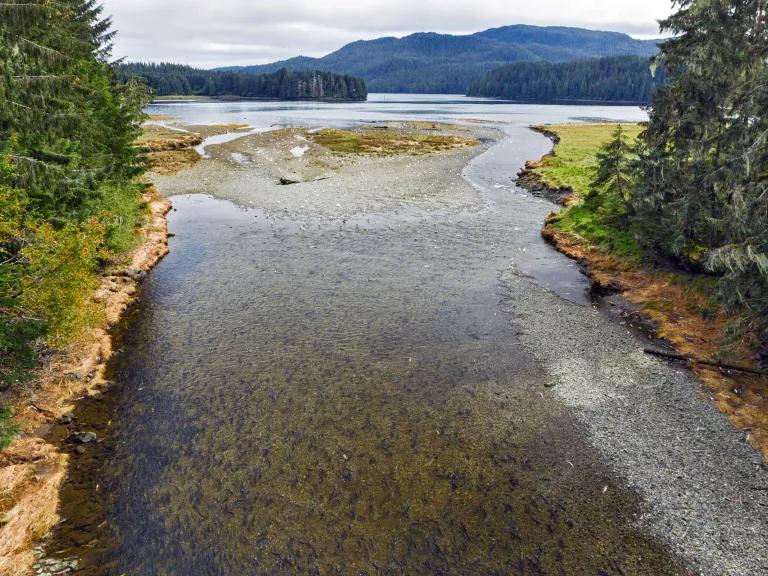
Thousands of pink salmon swimming inland to spawn in the streams of Tongass National Forest
Tim Plowden/Alamy
So momentum grew for a national roadbuilding ban that could protect the Tongass, as well as millions of acres of other U.S. forests in the Lower 48, from unchecked development.
In 1999, the Forest Service instituted a temporary roadbuilding moratorium for more than 100 national forests. Soon after that, Lawrence wrote a memo to the agency outlining why the moratorium should be made permanent and extended nationwide, as well as why it should ban commercial logging. After holding more than 600 public hearings and receiving more than one million public comments, President Bill Clinton’s secretary of agriculture signed off on the Roadless Area Conservation Rule in January 2001, safeguarding 58 million acres across the country with the stroke of a pen. It was a landmark moment for American forests.
“NRDC is built to do things like the Roadless Rule—those big, sweeping changes that fundamentally reshape the legal landscape to advance environmental protections,” Rose says. “And part of that is being there after the ink is dry to keep defending them from attacks that inevitably come.”
Unfortunately, those attacks came quickly.
Defending the Roadless Rule
Just days after its passage, timber and energy interests, backed by their allies in certain state governments, tried to stop the law from going into effect. When the Bush administration took office, it attempted to delay the rule’s implementation and later proposed a do-nothing alternative that would allow states to opt out. It also approved an exemption of the Tongass from the Roadless Rule altogether—the first of multiple attempts to hand the Tongass over to industry.
But throughout, NRDC and its allies stood guard, repeatedly going to court against those who attacked the Roadless Rule. Thanks to the solid science and years of analysis underpinning the Roadless Rule, it held firm, and the attempts to exempt the Tongass were thrown out by the courts.
That is, until another environmentally unfriendly administration took up the crusade.
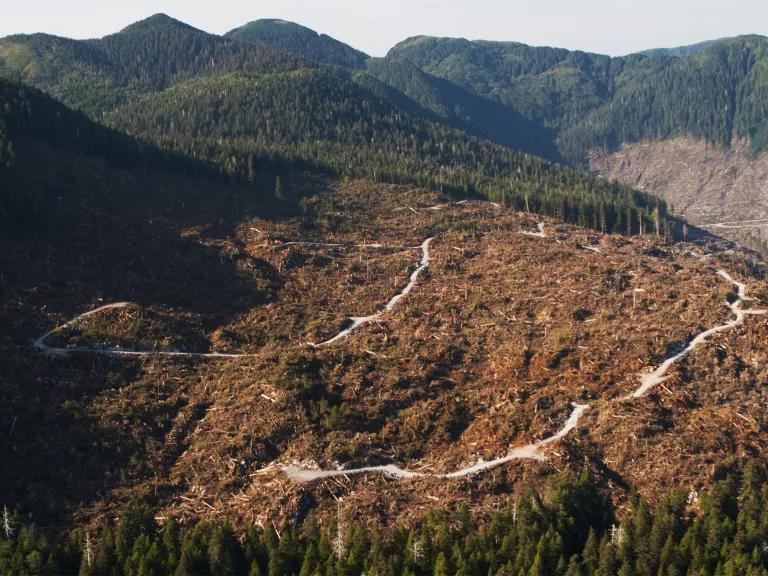
Clearcutting on Prince of Wales Island
Melissa Farlow/National Geographic via Getty Images
The Trump administration brought with it a tsunami of environmental rollbacks. Despite the fact that the logging industry had largely left southeastern Alaska by this point, it was then president Donald Trump himself who instructed the Forest Service to once again exempt the Tongass in 2020. “I think he understood that, for his base in Alaska, bashing the federal government for ‘locking up natural resources’ that they see as their birthright to exploit is great sport and really, very good politics,” Lawrence says.
But those in southeastern Alaska—who relied on the region’s billion-dollar tourism, recreation, and commercial fishing industries—strongly disagreed. More than 95 percent of public comments, which included nearly 40,000 signatures from NRDC members, opposed the Tongass exemption. When the administration ignored the feedback and finalized the rule anyway, NRDC, alongside Earthjustice and representing a number of allied Indigenous and other groups, took the agency to court.
A new push leads to victory for the Tongass
Strategy again shifted when the Biden administration came into office. Environmental and climate protections were central to the new administration’s agenda, as was a commitment to center Indigenous communities—like southeastern Alaska’s Haida, Tlingit, and Tsimshian peoples—who stood to be most impacted by ill-considered projects.
“This administration reached out to tribes in southeast Alaska, listened to what they said, and prioritized their interest in this land that they’ve lived on for many thousands of years in a way that no administration, Democratic or otherwise, has done,” Lawrence says. “I think it stands as a watershed moment for how the federal government approaches decision-making with existential consequences for Indigenous groups.”
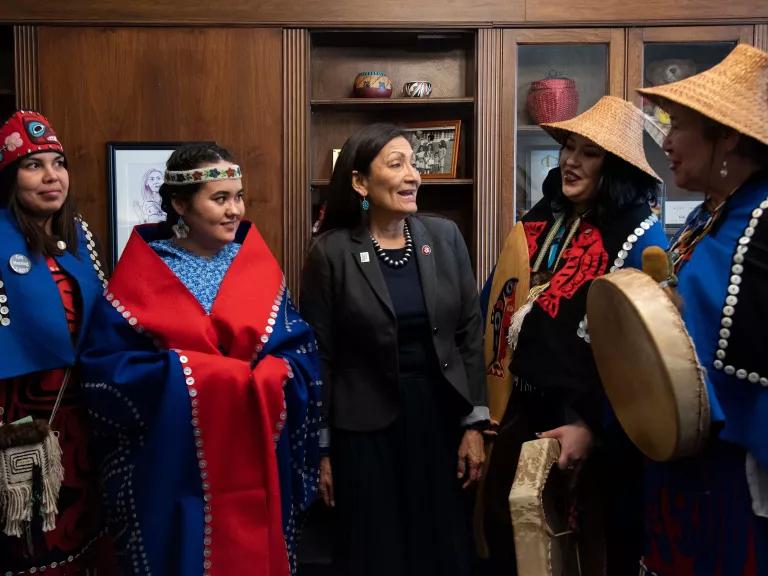
The WECAN Indigenous Women's Tongass Delegation meeting with then New Mexico Representative Deb Haaland to express their support of the Roadless Rule, March 2019
Melissa Lyttle/Redux
Once again, NRDC staff and members built momentum, submitting public comments when a proposal was made last year to either replace or repeal the Trump-era decision and getting in front of policymakers to demand a full reinstatement of the Roadless Rule. “We wanted to push Biden to keep his campaign promise,” Rose says.
And it paid off: This January, the U.S. Forest Service restored full protections for nine million acres of the Tongass. And, thankfully, no development happened in the interim when the Roadless Rule was not in effect. “The restoration…is a great first step in honoring the voices of the many tribal governments and tribal citizens who spoke out in favor of Roadless Rule protections for the Tongass,” Tagaban said in a statement.
Rose says he could easily imagine what the alternative fate for the Tongass might have been, had NRDC not helped build such a strong and persistent alliance. He knows because he’s seen it play out in other privately and state-held sections of the Tongass—the irreversible loss of an ecosystem that’s been fine-tuned over millennia. “Would this have happened without the action of a coalition? I tend not to think so,” he says.
More broadly, the consensus-building approach has worked for other parts of the state, like Bristol Bay. It is home to the world’s greatest salmon fishery, and was originally slated for a catastrophic gold and copper mine. Thankfully, that project also met its demise in what has turned out to be a watershed period for Alaska’s great outdoors, and a victory for its Indigenous stewards.
[These places are only] “protected because there’s a dedicated group of folks who are willing to stand there and keep fighting,” Rose notes. “Year after year after year.”
This NRDC.org story is available for online republication by news media outlets or nonprofits under these conditions: The writer(s) must be credited with a byline; you must note prominently that the story was originally published by NRDC.org and link to the original; the story cannot be edited (beyond simple things such as grammar); you can’t resell the story in any form or grant republishing rights to other outlets; you can’t republish our material wholesale or automatically—you need to select stories individually; you can’t republish the photos or graphics on our site without specific permission; you should drop us a note to let us know when you’ve used one of our stories.

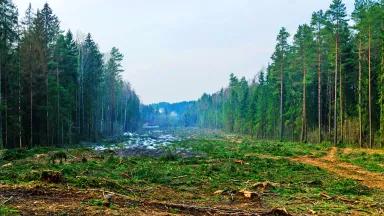

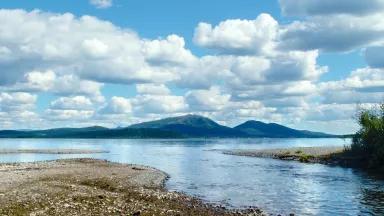
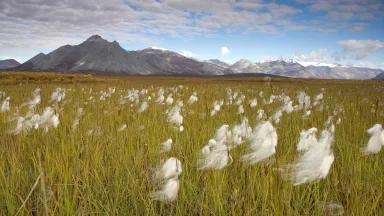
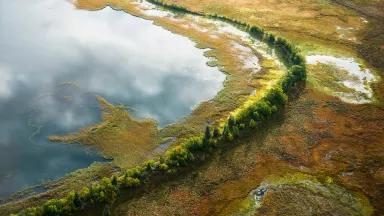
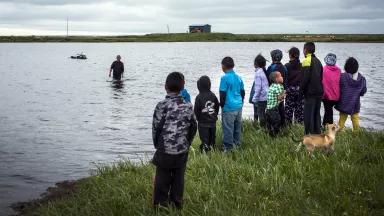
Crushing Alaska’s Pebble Mine
The Long, Long Battle for the Arctic National Wildlife Refuge
Alaska Natives Lead a Unified Resistance to the Pebble Mine